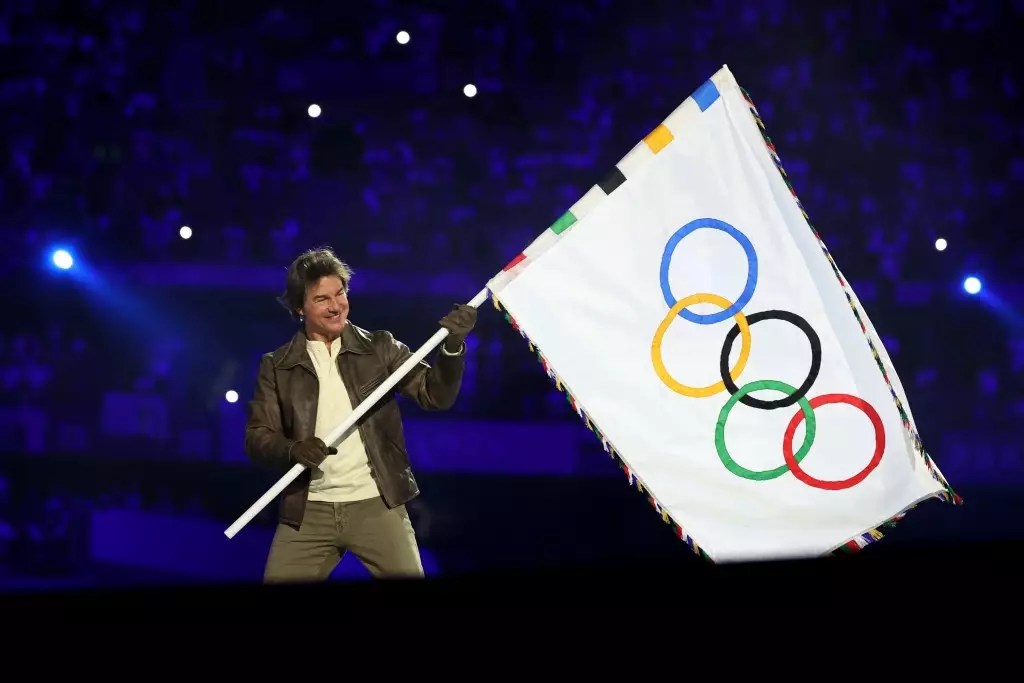The Olympic Games are renowned for celebrating human athleticism and cultural exchange, but the recent closing ceremony in Paris took it a step further with the electrifying participation of Hollywood star Tom Cruise. Reports reveal that Cruise negotiated his involvement with some intriguing stipulations: he demanded complete creative control over his stunt performance and opted to participate without any financial compensation. This decision underscores his unwavering commitment to authenticity and his love for daring feats, which have become a staple of his film career.
The Grand Production and Last-Minute Arrangements
Casey Wasserman, the president and chairman of the 2028 Los Angeles Olympic Games, shed light on the logistical undertakings behind Cruise’s jaw-dropping stunt during a recent panel discussion. The narrative of Cruise’s rapid transition from the set of “Mission: Impossible” in London to the Olympic arena in Paris showcases not just his dedication but also the artistic vision behind the event. Upon finishing his film at 6 PM, Cruise boarded a plane, landing in Los Angeles at 4 AM, with mere hours to prepare for a spectacle that included a thrilling descent from the roof of Stade de France.
This last-minute whirlwind only adds to the allure of Cruise’s participation, presenting him as more than just a star, but a thematic embodiment of the Olympic spirit—resilience, commitment, and a drive to push boundaries.
The closing ceremony itself was a vibrant fusion of French and American cultures, culminating in a stunning sequence where Cruise received the Olympic flag from both Olympic gymnast Simone Biles and Los Angeles Mayor Karen Bass. As he mounted a sleek motorcycle and rode off to transform the iconic Hollywood sign into a symbol of Olympic unity—complete with the five rings—affection for both sports and entertainment merged effortlessly, leaving audiences captivated.
Wasserman’s remarks reveal the initial skepticism surrounding Cruise’s desire for complete involvement. The notion that they might only receive a fraction of his skills was quickly dispelled; Cruise’s insistence on doing everything himself not only heightened the stakes but elevated the event far beyond expectations.
Cruise’s foray into the Olympic events may serve as a poignant reminder of the connections between sport and popular culture. By doing this stunt for free, he demonstrated an extraordinary sense of camaraderie with athletes globally. The significance of such gestures extends beyond self-promotion or publicity; it nurtures a deeper narrative that highlights unity and global celebration.
As the world anticipates the 2028 Olympics in Los Angeles, Tom Cruise’s performance at the Paris closing ceremony signifies a promising introduction to what is likely to unfold. The blending of cultures and the celebration of human endeavor not only reflect the Olympic ideals but also showcase how global personas can pay homage to traditions while pushing the envelope of creativity. With such exhilarating moments etched in memory, the journey towards the next Olympic adventure is poised to be nothing less than extraordinary.


Leave a Reply